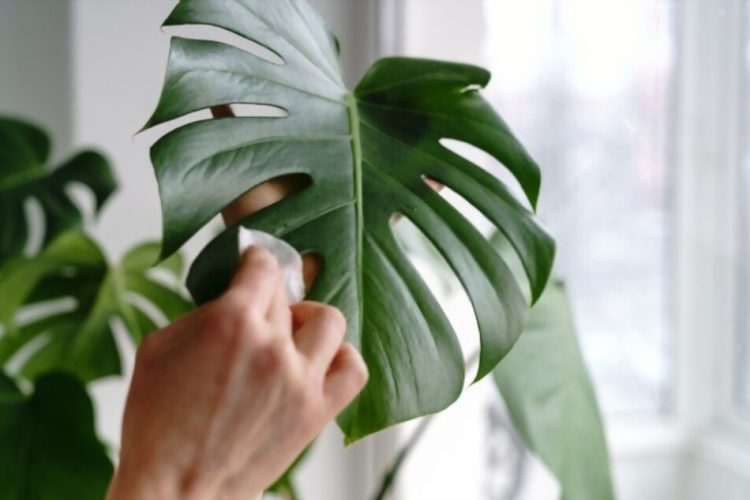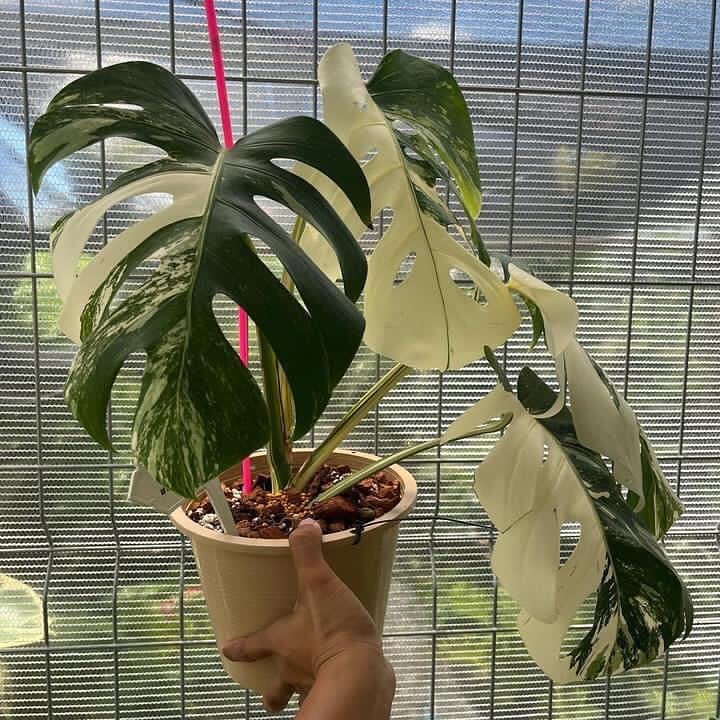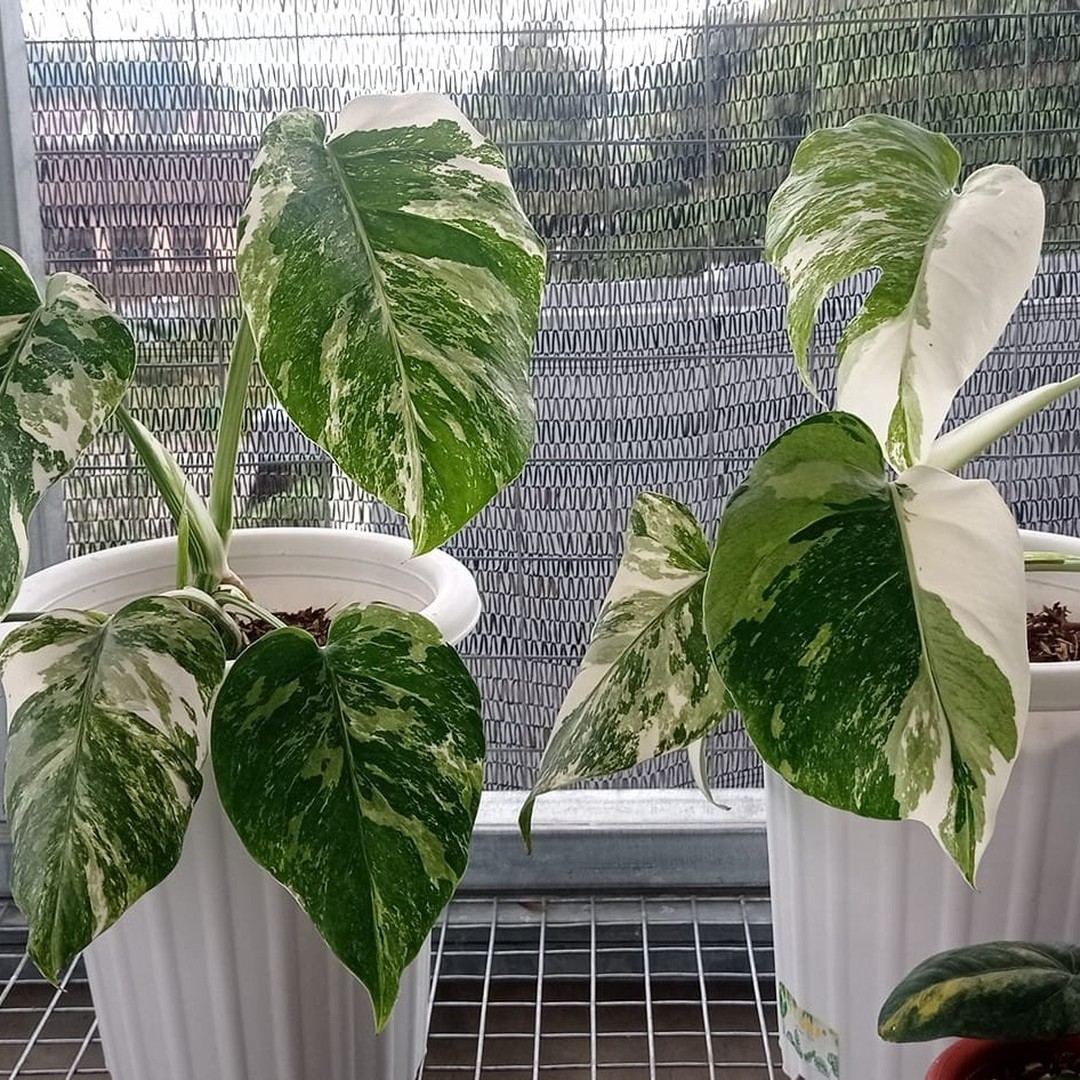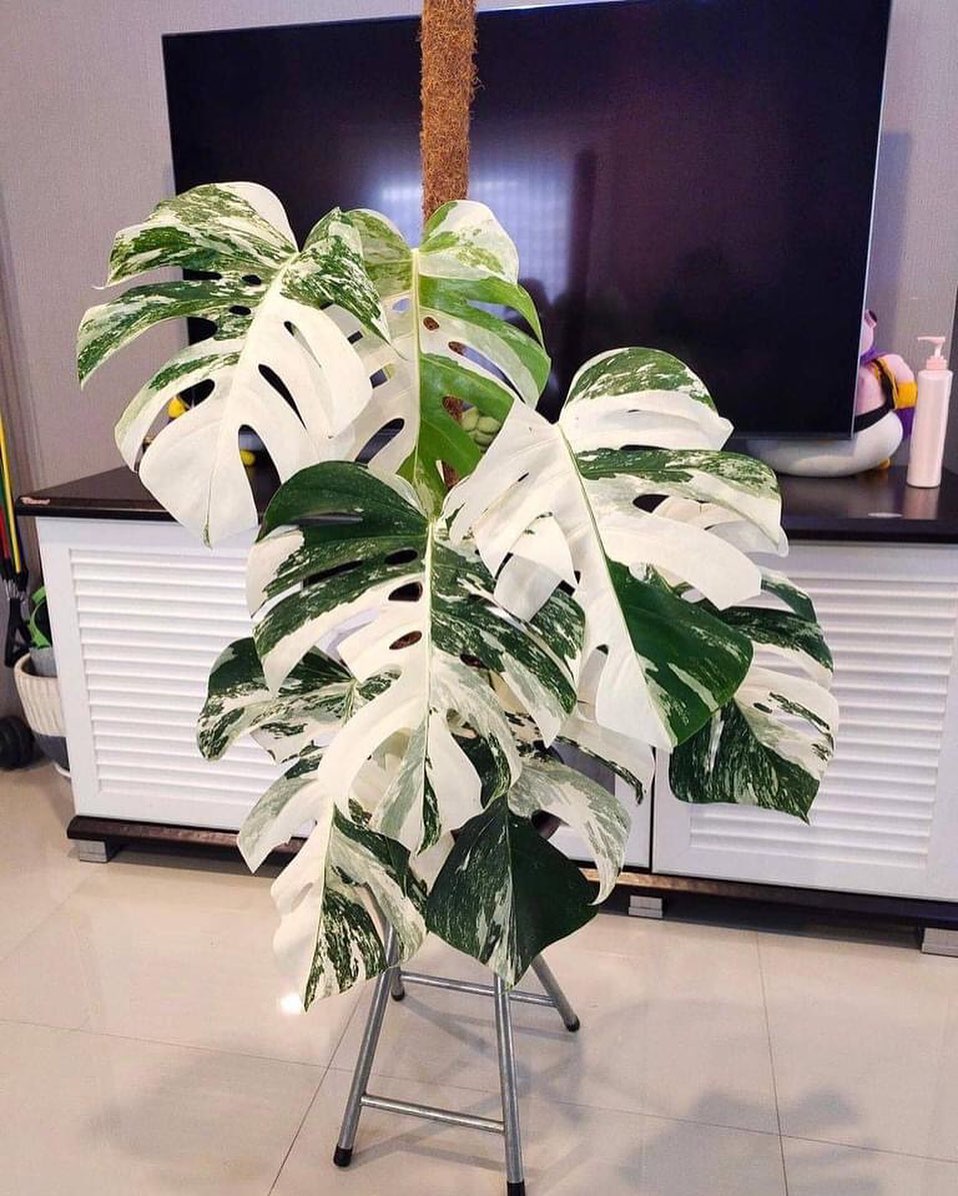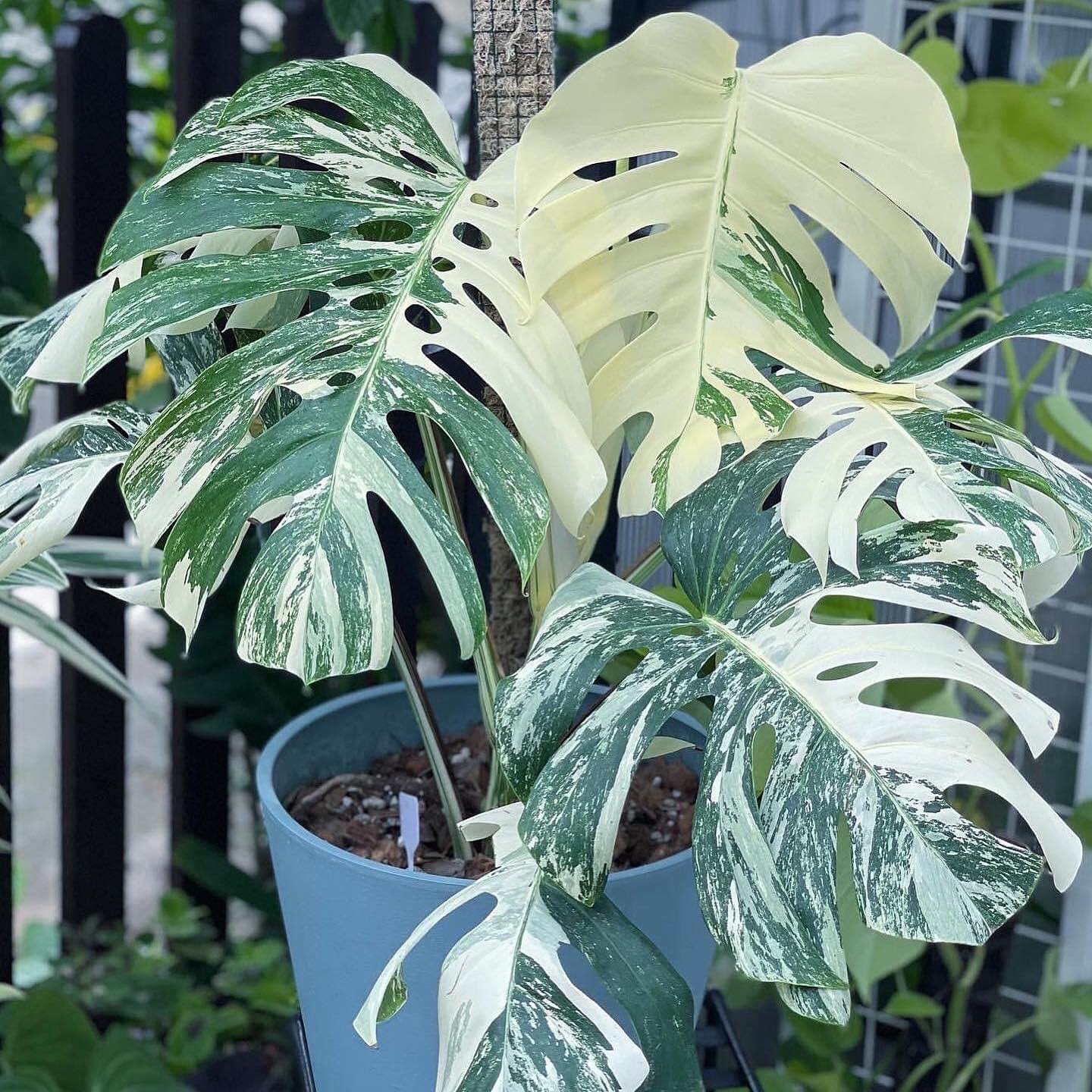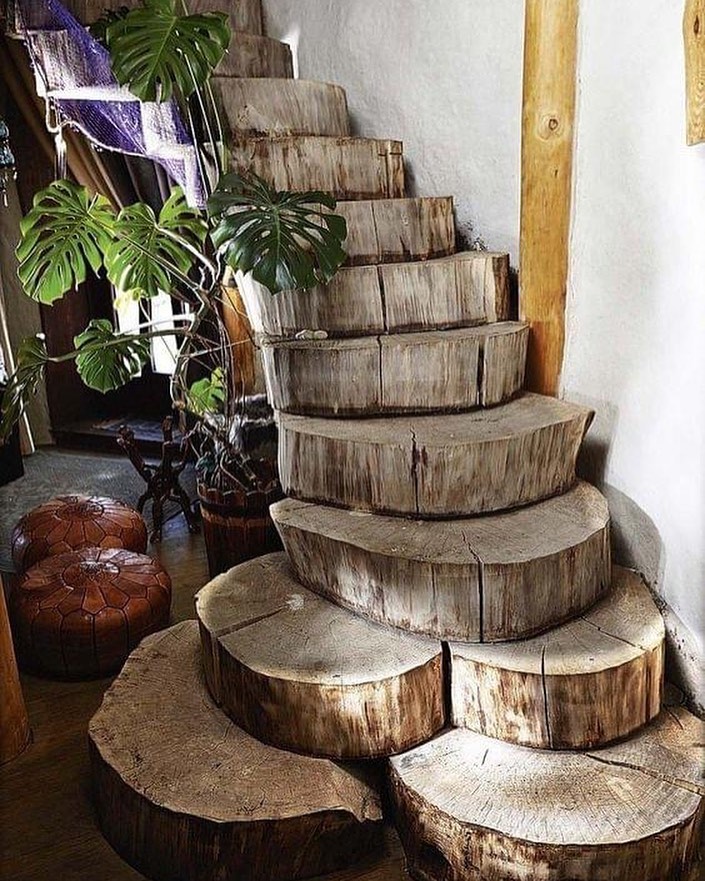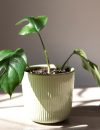How to clean monstera leaves? If you want your Monstera to look good and stay healthy for as long as possible, you need to learn how to clean monstera leaves (or any other plant leaves, for that matter).
Learn how to clean monstera leaves, an easy-care plant. It does not require much maintenance and is very easy to grow.
The leaves of a Monstera plant are renowned for their beauty and uniqueness. The leaves are the focal point of the arrangement.
Therefore it’s irritating when they fail to shine because of dust and dirt. But it gets even worse. Dusty leaves aren’t just unsightly; they might actually be harmful to your Monstera’s health.
In this post, we’ll discuss the elements that can cause your Monstera’s leaves to become dull and dusty despite your best efforts at cleaning them, as well as how this can lead to health issues and reduce the plant’s aesthetic appeal.
The large, colorful leaves of a Monstera plant are one of the plant’s most eye-catching features. However, routine care and upkeep are essential to keep them in good shape.
Lucky for us, Monstera leaves can be easily cleaned. One of the finest ways to clean Monstera leaves is by gently wiping both sides with a moist cloth. As you wipe one side of the leaf, be sure to prop up the opposite side.
Make sure to clean the leaves once a week. In this piece, you’ll learn why and how to clean the leaves of your Swiss Cheese plant. I’ll also go through several alternate strategies for leaf cleaning and whether or not chemical solutions are worth the risk.
Monstera deliciosa is a popular plant for many reasons, but its glossy, dark green leaves are a big draw. On the other hand, just like any other surface in your home, Monstera leaves will collect dust and lose their luster with time.
Also, cleaning Monstera Plant after fertilizing, is also important.
The appearance and health of your Monstera will benefit from regular leaf cleaning. Can you tell me what you do to maintain the luster of your Monstera leaves?
Monstera deliciosa leaves, when kept clean, already have a natural sheen. Smaller plants can have their leaves dunked in the water or given a shower to become clean, while larger plants that are difficult to move can have their leaves wiped down with a damp cloth.
Since the leaves of Monstera deliciosa are so huge and largely horizontal, they collect a lot of dust and debris from the air.
The leaves of a Monstera should be dusted whenever dust becomes visible. Therefore there is no specific frequency with which this should be done.
How to clean monstera leaves?
You should clean your Monstera deliciosa either as part of your regular plant care or when you notice the leaves are looking filthy or drab.
Depending on the time of year, the amount of dust in your home, and other factors, you may need to clean them more or less frequently. Monsteras use their massive leaves to absorb and convert solar energy, but a layer of dust acts like a curtain, preventing the plant from getting enough light.
A dirty Monstera leaf isn’t just less attractive than a clean one; it also doesn’t perform as well. Guidelines for Cleaning Monstera Deliciosa Leaves The best method for cleaning your Monstera deliciosa will mostly be determined by its size.
I try not to relocate my Monstera unless I have to because of how heavy it is. If you have a portable model, you may find that cleaning it in the shower is more convenient.
When cleaning Monstera leaves, even only water will usually do the trick. But if you find that they are still dirty, you can try adding a few drops of pure dish detergent to the water.
This is helpful if your Monstera is stored in a location where it is subjected to dirtier conditions than usual, such as a kitchen, where cooking oil is frequently present. Morning is ideal for leaf cleaning because the day is still warm, and the leaves will dry completely before nightfall.
This helps prevent fungal diseases that could develop if water is left on the leaves or stems. As I mentioned before, the way you take to clean your plant will depend on its size, so make sure you familiarize yourself with each of the three choices provided. After you’ve settled on the ideal strategy, give it a try to restore the leaves’ luster.
I just wiped it with a damp cloth. Particularly vulnerable to the negative effects of dust accumulation are plants with broad, big leaves.
Keeping your Monstera happy and healthy requires regular leaf cleaning. Health: If you don’t remove the dust from your plant’s leaves, it won’t be able to photosynthesize and will suffocate.
Cleaning on a regular basis allows you to inspect for bugs and get rid of them before they cause any damage.
Appearance: Cleaning your plant of dust and other debris makes it both feel and look better. The growth rate will increase, and the foliage will be fuller.
Maintaining a clean environment is beneficial not only for the plant but also for the gardener. Plants lift our spirits and provide a touch of nature’s elegance to our spaces. When your plant is flourishing, it is also purifying the air and eliminating harmful chemicals.
Conclusion
Generally speaking, once a week is a suitable frequency for cleaning your Monstera plant. The tropical houseplant that’s easy to maintain and grows to be a giant.
The frequency with which you should clean your Monstera plant, however, is affected by a number of variables, including its location and the humidity and temperature of your home.
By way of illustration, dust won’t settle as quickly on plants if they’re placed in areas with adequate ventilation. Take a quick glance around your home at the various furniture pieces and other household items to determine the dustiest locations.
Once you have a Monstera, you can evaluate how often it needs to be cleaned by looking at it during the weekly cleanings to determine if it needs to be cleaned more often, such as twice a week. The leaves will stay in excellent shape thanks to consistent care and attention.
And if something is wrong, like too much light or bugs, you may catch it before it does too much damage to your plants.

